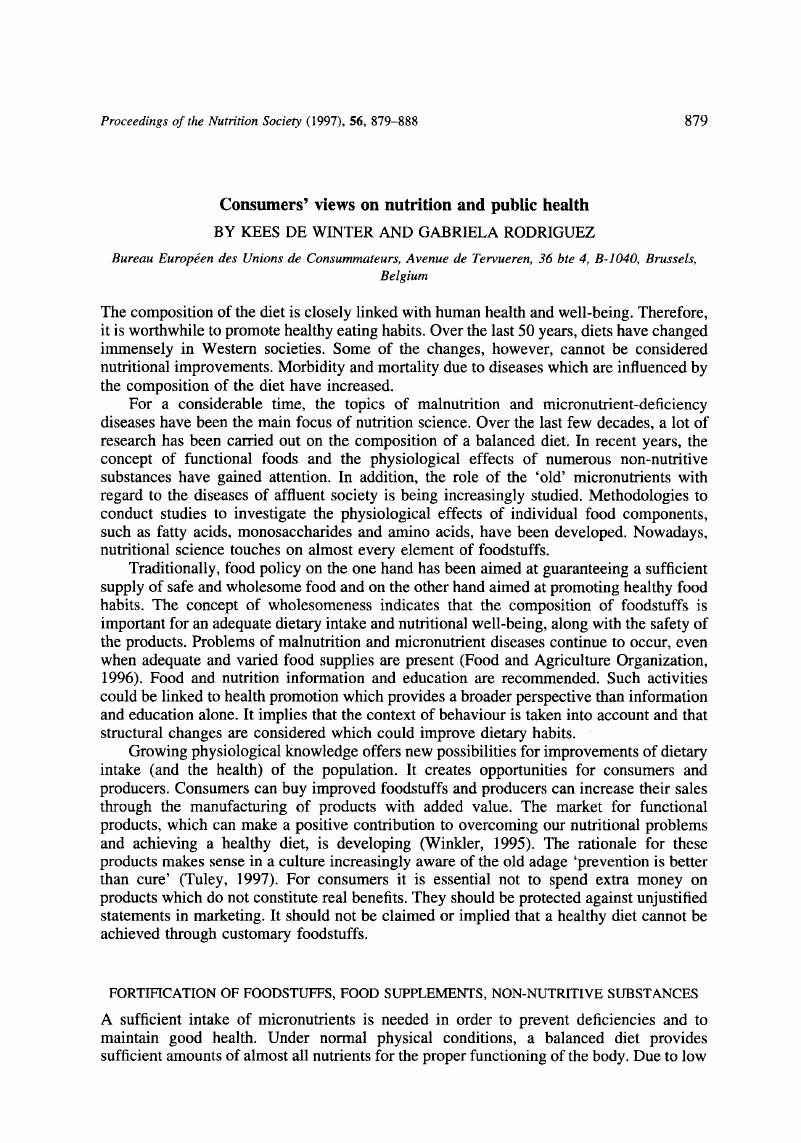Crossref Citations
This article has been cited by the following publications. This list is generated based on data provided by Crossref.
Andlauer, Wilfried
Stehle, Peter
and
Fürst, Peter
1998.
Chemoprevention - a novel approach in dietetics.
Current Opinion in Clinical Nutrition and Metabolic Care,
Vol. 1,
Issue. 6,
p.
539.



